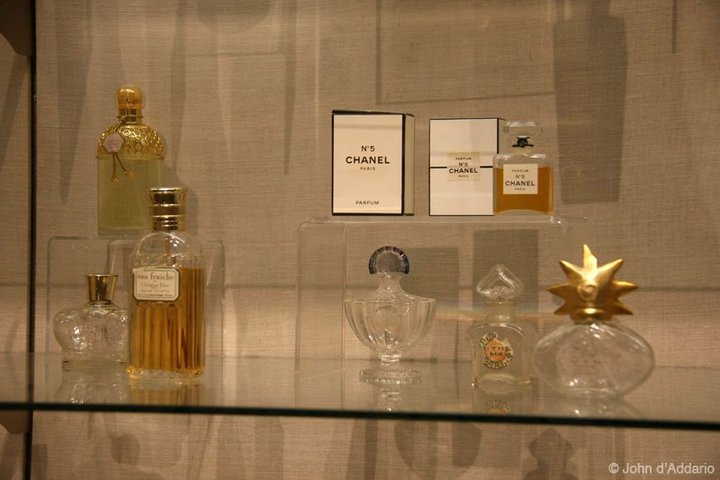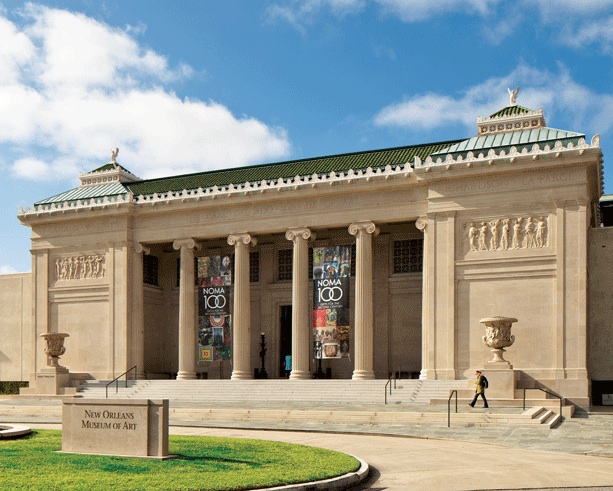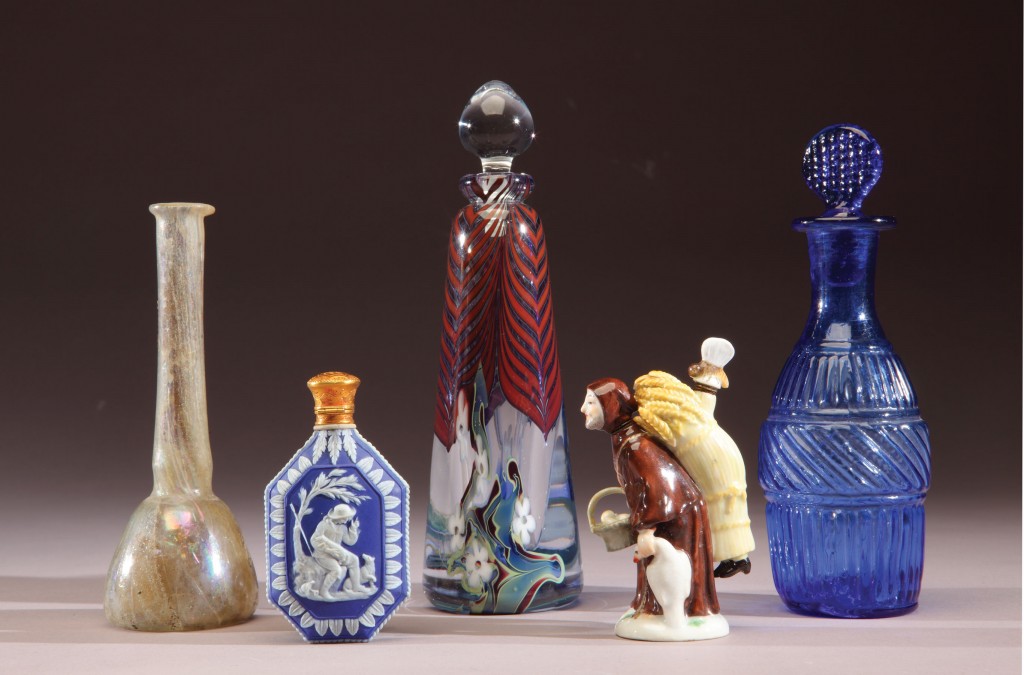
Just as young gentleman charmed the women in Jane Austin’s Sense and Sensibility, perfumes have inspired people for centuries. The designs of each unique bottle reflect history. Curator John Keefe, Curator of Decorative Arts, showcased the art of perfumery and the craftsmanship behind each scent’s unique case in Scents and Sensibility, on display on the New Orleans Museum of Art’s (NOMA) second floor June 23 – October 24, 2010.
Sense and Sensibility showcased 125 objects covering the history of the scent bottle from its ancient origins to the present day. Scents, or perfumes, have been a part of civilization for more than four-thousand years and have characterized every known civilization.
Originating in the Near East, the first fragrances were aromatics kindled as incense to the gods and ancestors. Years later, oils scented by saffron, cyprus, juniper, and more were applied to the body in ancient Egypt.
Perfume’s popularity continued into the eighteenth-century, as France emerged as the European center of fragrance production. In the twentieth century, the innovative Parisian couturier Paul Poiret initiated the tradition of each couture house’s creating a scent embodying a particular aesthetic. Thus were born such classic fragrances as Chanel’s No5 of 1921, Jeanne Lanvin’s 1925 My Sin and Jean Patout’s extravagant Joy of 1931.
Objects within Scents and Sensibility included scent bottles, powder boxes, talc jars and similar objects made to hold scented contents. Permanent collection pieces as well as those on loan from regional collectors range from approximately 1100 B.C. to the present day. Glass, pottery, gold, porcelain, hardstone and silver were all represented in the collection, as well as some recognizable names: Coco Chanel, Jeanne Lanvin, Christian Dior, Louis Comfort Tiffany, Peter Carl Fabergé, René Lalique and Stueben Glass.
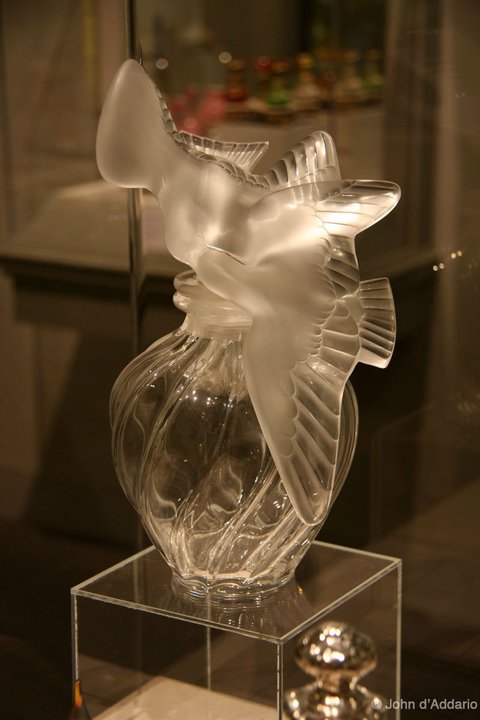
Exhibit 4 (Scents and Sensibility)

Exhibit 5 (Scents and Sensibility)
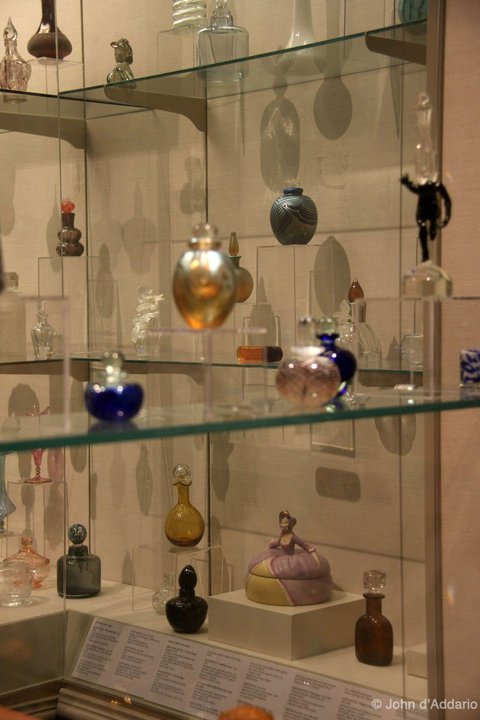
Exhibit 1 (Scents and Sensibility)
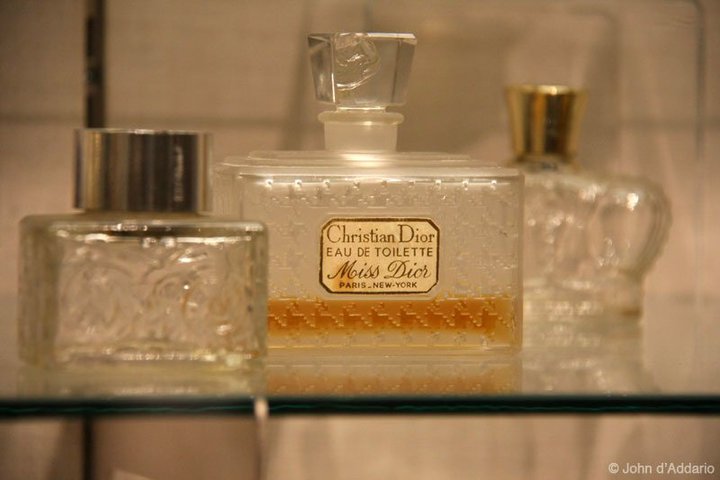
Exhibit 3 (Scents and Sensibility)
